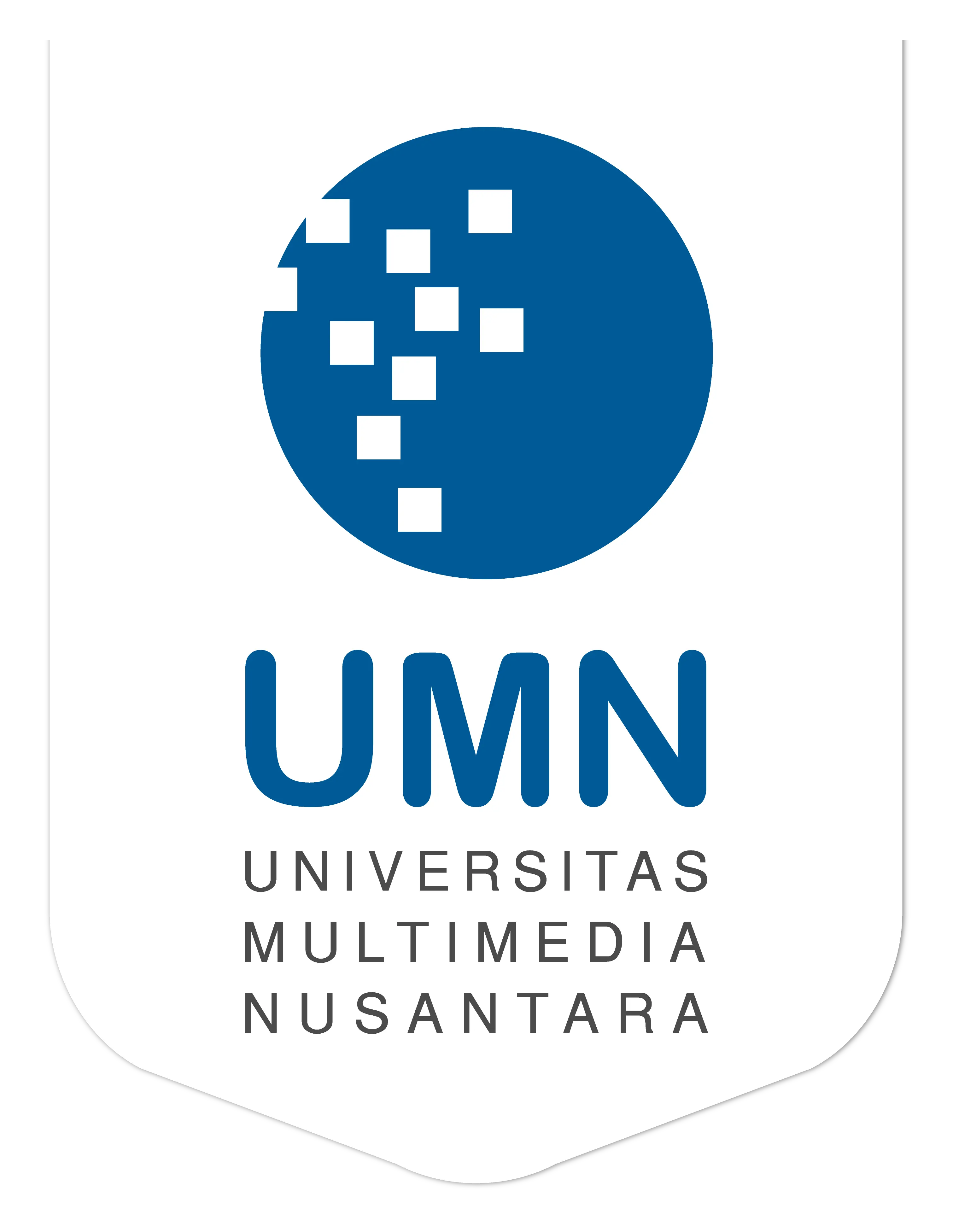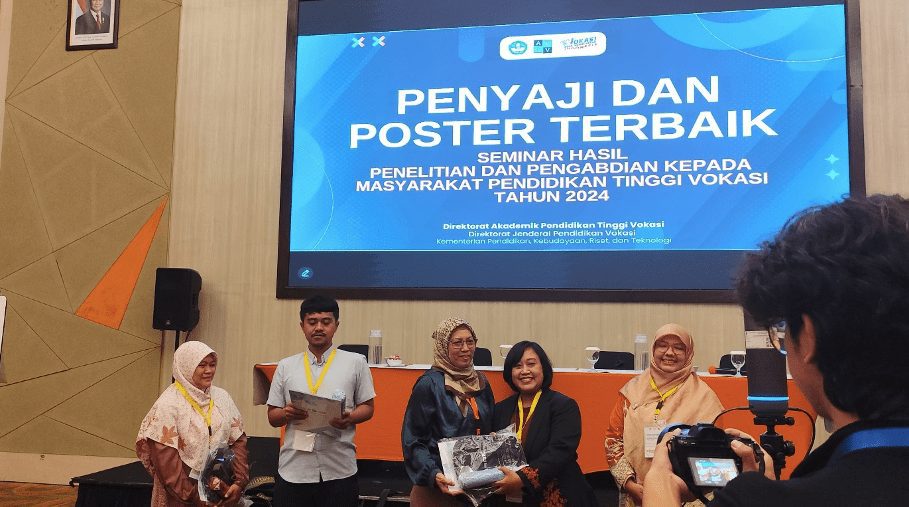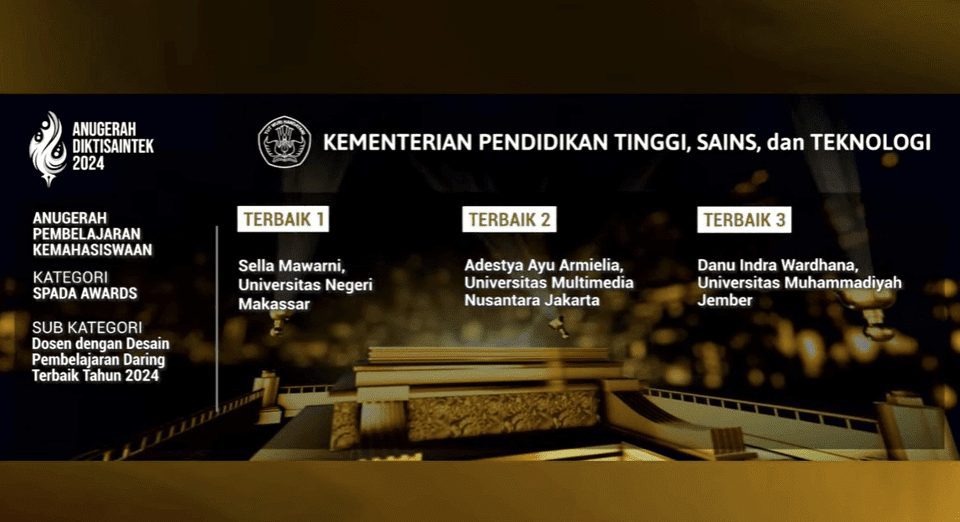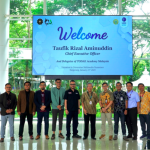
UMN Welcomes The Arrival of Todak Academy Malaysia
February 3, 2025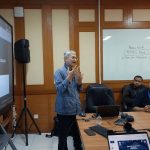
UMN X Data-Based Training for Environmental NGOs: Data Helps Support Effective Public Policy Transformation
February 3, 2025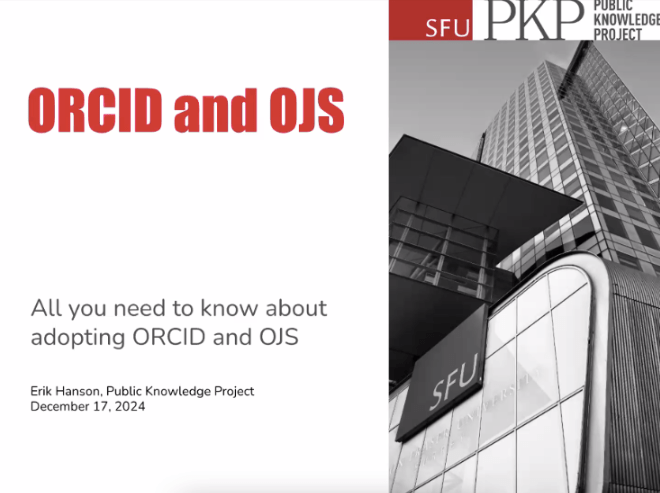
ORCID & OJS Online Seminar with PKP (Doc. UMN)
Tangerang – Universitas Multimedia Nusantara has just held a seminar on journal publication with ORCID & OJS on (18/12/24). This seminar was attended by lecturers and students online, and this seminar is intended to help lecturers and students who want to publish journals.
ORCID is an OJS plugin software for scientific journal publications. Both ORCID and OJS aim to provide transparent publication services to researchers and publications and are expected to connect all researchers and publications globally.
“A lot of people use this plugin. In Indonesia alone, by 2023, it will reach around 20,000 journal publications, which is a good phenomenon. With students required to make journal publications as their final assignment, I think this is very good. The contribution and share from Indonesia are outstanding. We want researchers to be well recognized and transparent,” John Willinsky, the representative of the Public Knowledge Project, said.
Another interesting thing about these two software offers fact labels. This fact label contains reviews, researcher profiles, indexes, and citations. The fact label makes it easier for readers to find the contents of existing journals.
“For UMN, ORCID and OJS are very useful, publication is a compulsory outcome. It is in line with UMN’s vision to increase international accreditation to achieve national and international accreditation. In addition, not only the publication value but also the citation value, UMN encourages a lot of joint-research with international institutions and companies,” Dr. Andrey Andoko, UMN Rector, said.
For Andrey, publications not only help improve accreditation but can also help add connections. Andrey hopes this seminar can add journal publications, increase citations, and, most importantly, gain the public’s trust through research.
Estelle Cheng, a representative of ORCID, presented the first seminar. On this occasion, Estelle explained how ORCID works.
“ORCID uses metadata to organize data, objects, and integrated ecosystem, contributions, so we have a parallel system. Currently ORCID has a global community in 61 countries. One of them is Indonesia, we also collaborate with many parties in Indonesia,” said Estelle.
By using ORCID, users can reduce administration and increase the visibility of journals that have been published. In addition, ORCID also emphasizes transparent sources so that researchers have access to enter their data. If the research has been validated, ORCID will give a green tick.
“We do this to gain public trust, because ORCID is integrated with many systems such as SCOPUS, open journal system, QS Ranking, and many more,” Estelle concluded.
Erik Hanson continued the seminar as a representative of the Public Knowledge Project. Erik explained how OJS works with ORCID. OJS is open journal software
“OJS has been used by many people and in 2023 there will be 50,000 journals that use OJS for publication, OJS helps people to organize all aspects of collection, review, production, copy editing, online publication and distribution. Publications through OJS can be accessed through a lot of open access, one of which is google scholar,” Erik said.
On this occasion, Erik also explained that members could join ORCID & OJS; it would be easier and give them more access. Erik also explained in detail how to use ORCID and OJS.
By Rachel Tiffany Tanukusuma | UMN News Service
English translation by Levina Chrestella Theodora
Kuliah di Jakarta untuk jurusan program studi Informatika| Sistem Informasi | Teknik Komputer | Teknik Elektro | Teknik Fisika | Akuntansi | Manajemen| Komunikasi Strategis | Jurnalistik | Desain Komunikasi Visual | Film dan Animasi | Arsitektur | D3 Perhotelan , di Universitas Multimedia Nusantara. www.umn.ac.id
